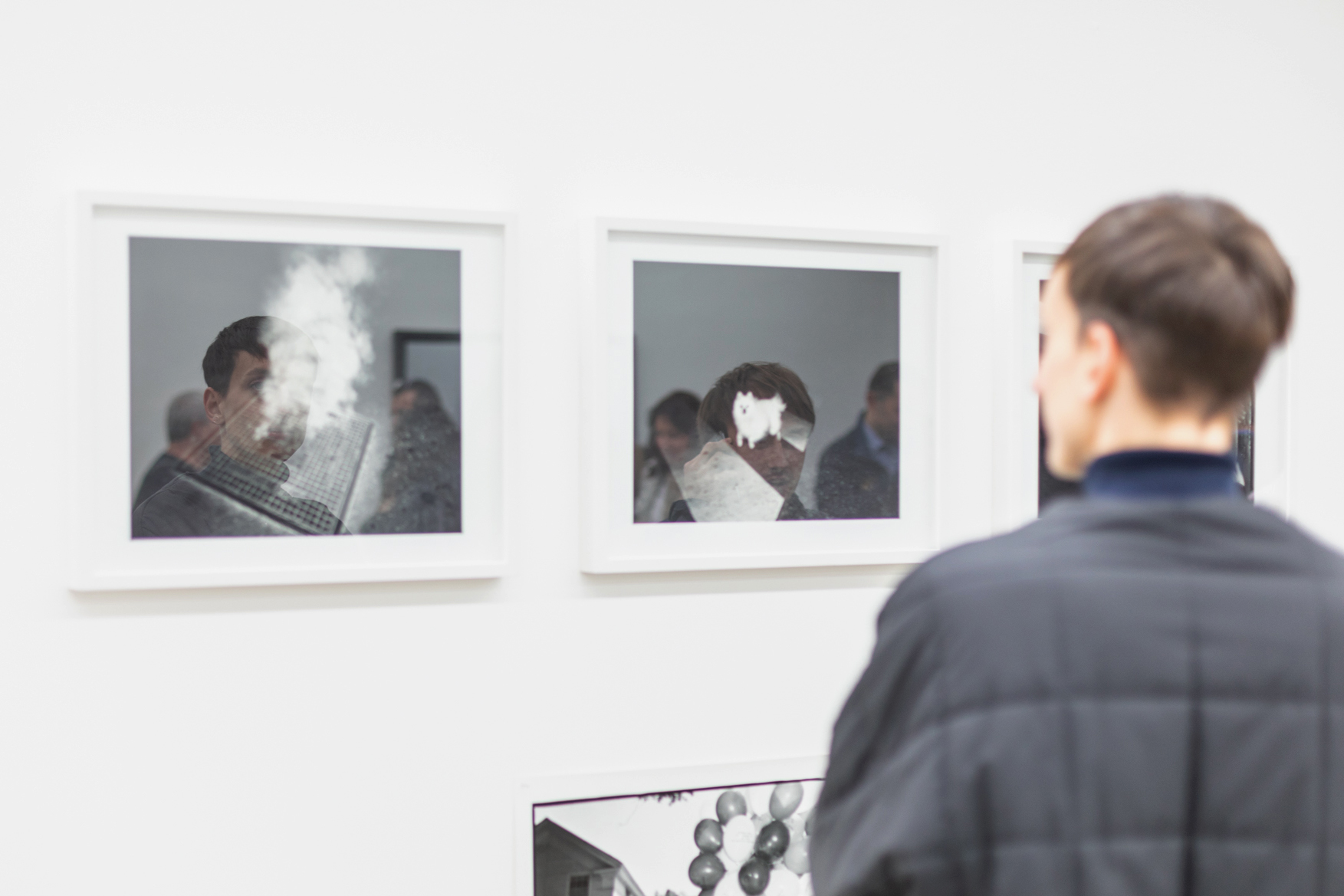
Over the past fifty years, the photography market has seen significant development and growth. The rarest photographs sell at auctions for prices on a par with major works of contemporary art. Nonetheless, photography is still very accessible and affordable, providing a range of opportunities to build Your own unique collection. Daniela Kozáková, who specializes in art law and collecting, offers 10 practical tips on how to start collecting photography.
Photography is accessible and affordable. You will love it.
Learn About Photography.
Today we consume a plethora of photographic content, but it is important to understand photography as a medium, at least in its basic parameters. The advantage is that photographic works are very diverse, and everyone can find a suitable artwork to suit their personal taste and financial means. Choose a method that will bring You joy, whether it be browsing Instagram or, even better, visiting exhibitions, fairs and galleries specializing in photography and contemporary art.
Tip: Every year in Prague the Fotograf Festival offers a programme for both the general public and professionals.
What Is Your Goal?
Be clear about what Your goal is. Do You plan to buy one piece of work, place it indoors and enjoy it? Or did You fall in love with photography appealing and now want to build an entire collection? Don't know yet or are You uncertain? Then try a continuous strategy, that is – buy the first work, then the next. Then evaluate what appeals to You about them, and where to go with Your next purchase. As the collection grows, You will be able to refine its purpose and goal.
Choose Your First Work.
In the beginning, especially when buying Your first work, Your intuition is essential, along with the emotions that a particular work evokes in You – it could be the subject matter, technique, the artist’s persona or the aesthetic quality.
Set a Budget.
Photography is still very accessible, both in price and content. Still, be clear at the outset what Your financial capabilities and limits are. You will then take these limits into account in the selection or number of works in Your collection. The general advice, however, is to get the best work You can afford in Your price range. Investing in quality will definitely pay off.
Where to Shop.
Photography is receiving more and more attention. If You want to buy works by more renowned artists, You can buy them from galleries, art fairs, or auctions, or directly from the artist's studio. If You can't afford these price ranges, You can start Your collection with the works of art college students.
Tip: In June, Photo Basel is held in Basel, and in November You can visit the Paris Photo fair in Paris.
Inform Yourself.
If You have an artwork picked out, find out enough information about the artist and the work; if You intend to make a purchase through a gallery or another art dealer, find out more information about these entities as well. Credibility is a very important commodity in the art market.
Photo Specifications.
Before purchasing, it is necessary to inquire about what its edition means, or the number of copies in which the print was enlarged, or what is meant by “vintage print”. The usual objection to collecting photographs is that photography is merely a process of mechanical reproduction. That is why with photographs it is strictly stated in what edition a print was made. The author thereby guarantees that no further copies beyond the edition run in that format will be issued. The number of works in the edition also affects the price. Vintage prints are usually more expensive for renowned photographers. While there is no uniform definition for this, it is generally the first photograph taken by the artist soon after they have made the negative, and is usually signed by the artist and thus considered an original work.
Check the condition of the work.
Many different materials are used in photograph printing. Not all photographs need to be printed on paper. It can also be metal or canvas. Any significant damage can affect the price of the work. That is why it is also important to carefully examine the condition of the photograph and to inquire about the optimal adjustment of the work.
Grow Your Unique Collection.
If You decide to keep at it and purchase photographic artworks on a regular basis, it is important to consult experts. Although it is not wrong to have a diverse collection, it is advisable to link individual works to a common theme or idea from the start.
Maintain and Cherish Your Collection.
Just the same, You will need to address where to place the works, how to protect and, if necessary, store them. It is worth investing in good quality adjustment and museum glass. Keep a record of each new work, look at it, and above all, enjoy it.
(published in Fotograf Magazine, Vol. 43 (2022), pp. 64-65)

